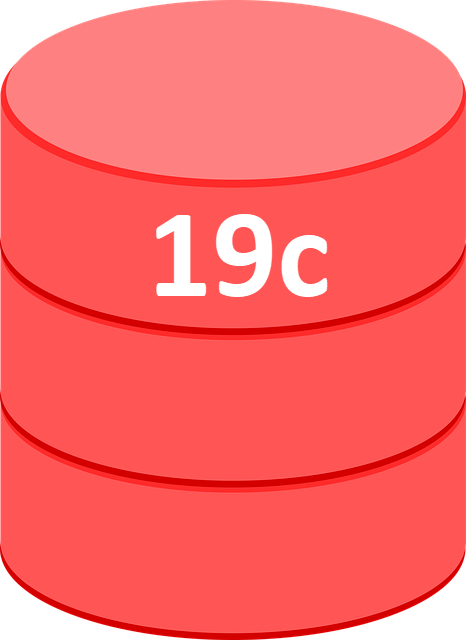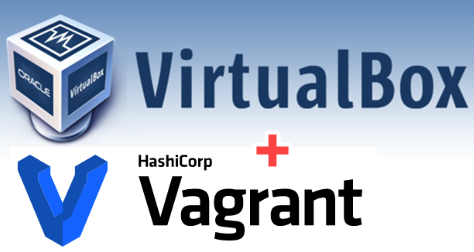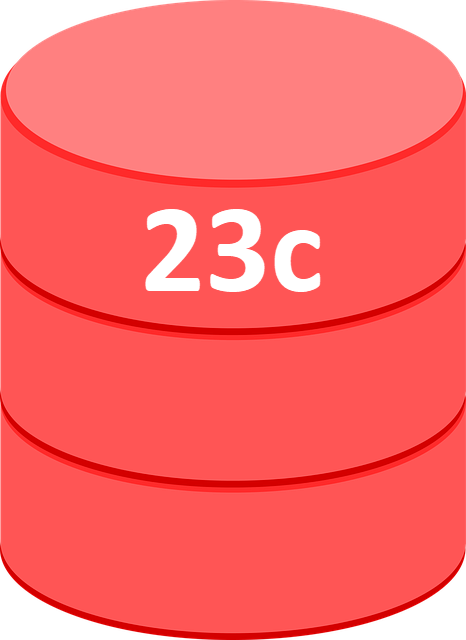Followers of the blog know I’m a big advocate for writing things down. The main reason I do this is because I want a record of everything I do.
I rarely type a command directly into the command line. I nearly always type it in a scratchpad first. Currently I have 67,250 lines in my work scratchpad and 12,309 lines in my personal scratchpad.
When I say scratchpad, I just mean a text file, which I edit using a text editor. Nothing fancy.
Why do I do this?
Inspiration
Most of my articles and blog posts start life as notes in my personal scratchpad. At work some of my scratchpad notes become more formal documentation, like knowledge base notes and how-to files in Git etc.
I know if I don’t make the notes as I go along, I will forget what I did, and struggle to write the documentation later.
If something makes it as far as being written up, it gets removed from my scratchpads, so what’s in there at the moment are notes that have not made the cut, so to speak. 🙂
One of the reasons I’ve been able to produce content for so many years is there is a constant stream of stuff added to my scratchpads. Of course, some of it is junk, but some of it is not.
If you are struggling with documentation or inspiration, I think taking this approach will really help.
Reflection
One of the things that I find really useful about taking notes is it allows me to look back and reflect on what I did to complete something. For example I might search through my scratchpad to see what happened over the lifetime of a server. I can see all tickets that were raised and what firewall rules and configuration changes were required. When I get a similar request this allows me to estimate the amount of work that needs to be done, and I can see what teams will be involved in the process.
I could search though our ticketing system for much of this information, but I find it a lot easier to keep a record of my actions in a scratchpad, then drill into the tickets if I need more info, which I rarely do.
Rewrites
Much like my articles, if I read back through some notes and they aren’t 100% clear, I often rewrite them. Maybe adding some more text, or a clearer example. This process may result in something graduating into being a separate document, but sometimes it just stays in the scratchpad forever.
Give it a go
If you don’t already do this, give it a go and see how you feel about it. Especially you content creators.
Cheers
Tim…








